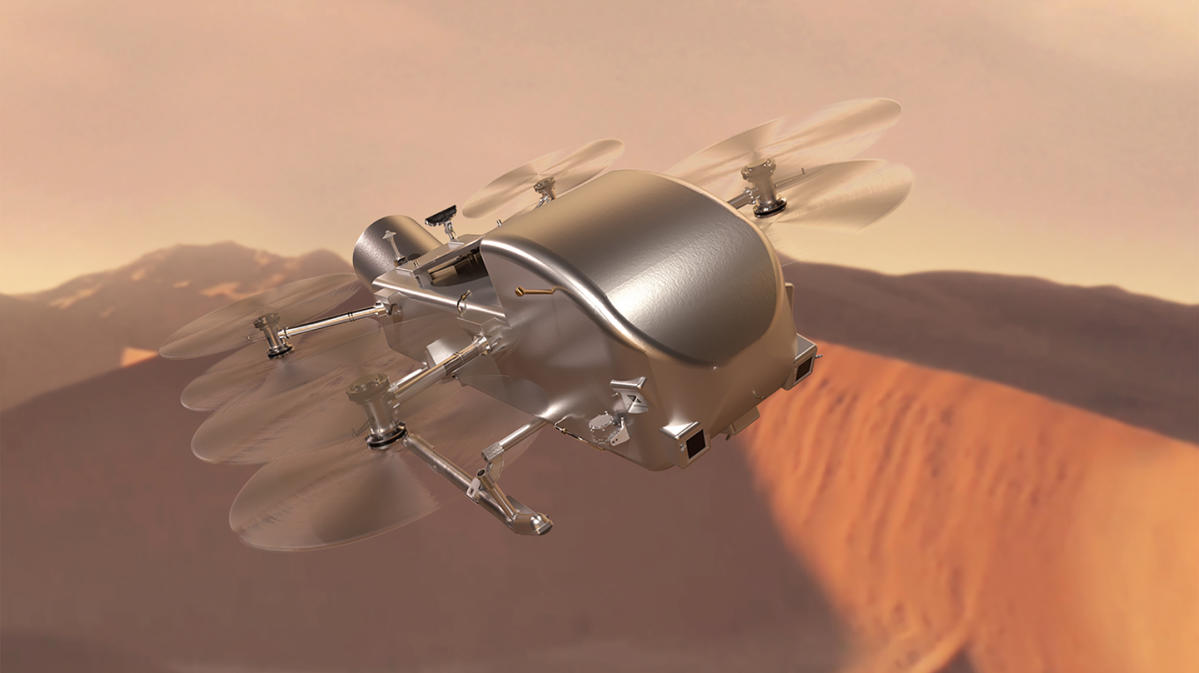When you buy through links on our articles, Future and its syndication partners may earn a commission.
This mosaic shows the International Space Station as seen from a SpaceX Crew Dragon spacecraft on Nov. 8, 2021. | Credit: NASA/SpaceX
The International Space Station just dodged a piece of debris for the second time in less than a week.
Russia's robotic Progress 89 freighter, which has been docked to the ISS since August, fired its thrusters for about 3.5 minutes on Monday morning (Nov. 25) to get the station clear of a hunk of space junk.
"The debris avoidance maneuver positioned the orbital outpost farther away from a satellite fragment nearing the station’s flight path," NASA officials wrote in an update on Monday.
The burn began at 4:49 a.m. EST (0949 GMT) and raised the station's orbit by about 1,650 feet (500 meters), according to the Russian state-owned news agency TASS, which cited a statement from the nation's space agency Roscosmos.
Progress 89 performed a similar burn on Nov. 19. That one lasted about 5.5 minutes and ensured that the ISS steered clear of a fragment from a "defunct defense meteorological satellite" that broke apart in 2015, NASA officials said.
Related: How often does the International Space Station have to dodge space debris?
RELATED STORIES:
— International Space Station dodges space debris from Russian anti-satellite test
— International Space Station facts, history & tracking
— Kessler Syndrome and the space debris problem
Low Earth orbit, where the space station flies, is getting more and more crowded these days. According to the European Space Agency (ESA), about 10,200 active satellites circle the planet at the moment. Most of them belong to SpaceX's Starlink broadband megaconstellation, which currently consists of about 6,700 operational craft.
The debris population is far larger still. ESA estimates that Earth orbit harbors about 40,500 objects at least 4 inches (10 centimeters) wide, 1.1 million pieces between 0.4 inches and 4 inches (1 to 10 cm) in diameter and 130 million that are at least 1 millimeter wide.
Even these tiny shards can be dangerous to satellites or crewed craft like the ISS, given the tremendous speeds at which they travel. For example, at the station's average altitude of 250 miles (400 kilometers), orbital velocity is about 17,500 mph (28,160 kph).
Dodging debris isn't a rare occurrence, as the events of the past week show. Indeed, a December 2022 NASA report found that the ISS had performed evasive burns 32 times since 1999.

 German (DE)
German (DE)  English (US)
English (US)  Spanish (ES)
Spanish (ES)  French (FR)
French (FR)  Hindi (IN)
Hindi (IN)  Italian (IT)
Italian (IT)  Russian (RU)
Russian (RU)  18 hours ago
18 hours ago

























Comments